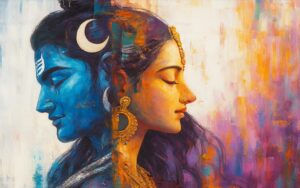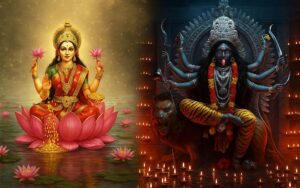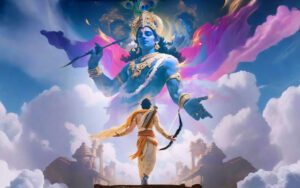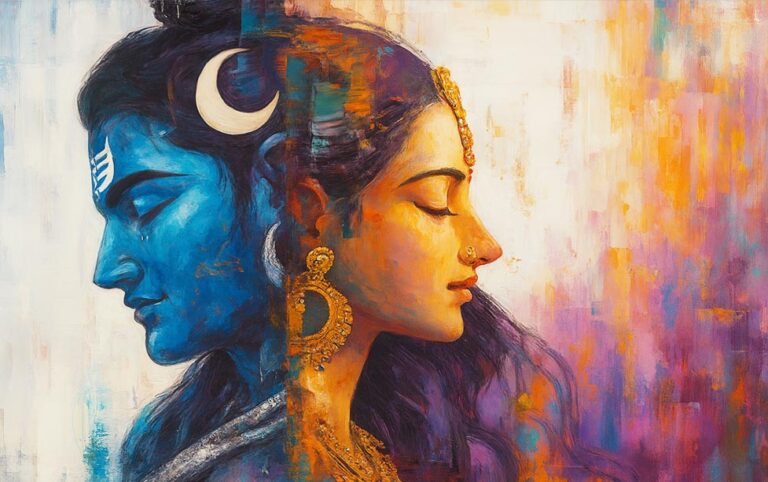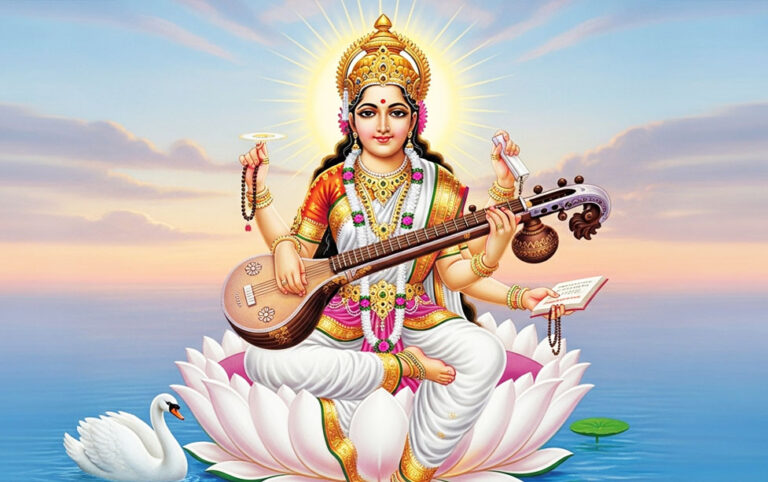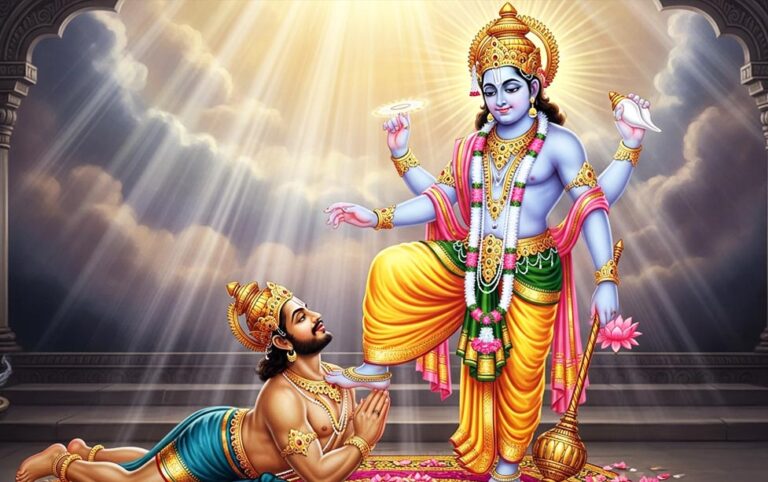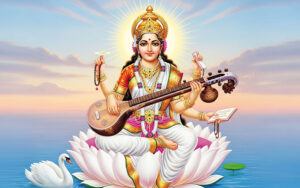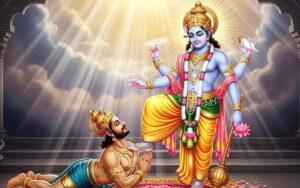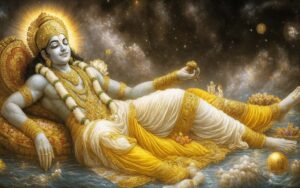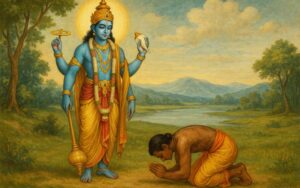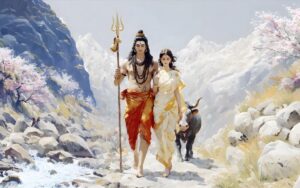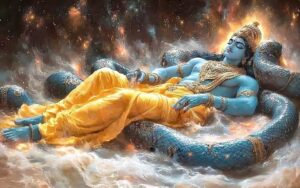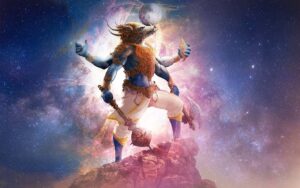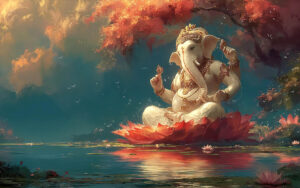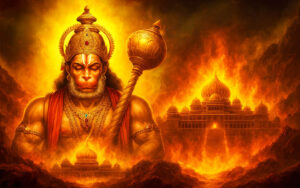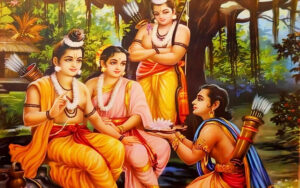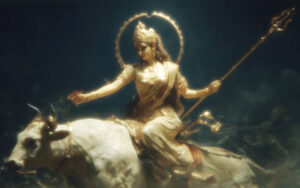
No time for reading the blog? Give it a listen on Spotify.

Uncover the forgotten legend of Vinayaki – the fierce, feminine, and fascinating elephant-headed goddess who might just be Ganesha’s divine mother!
We all know Lord Ganesha – the beloved elephant-headed god, remover of obstacles, patron of arts and wisdom. We’ve heard the tales of his birth from Goddess Parvati, his broken tusk, and his legendary appetite. But deep within ancient texts and Tantric traditions lies a story so extraordinary, it flips the script entirely: What if Ganesha had a divine, elephant-headed mother who wasn’t Parvati, but a manifestion of her?
Meet Vinayaki (also known as Ganeshvari or Vighneshvari) – the enigmatic Female Ganesha.
Beyond Parvati: The Birth of a Goddess
While Parvati sculpting Ganesha from clay is the most popular origin story, the Matsya Purana and esoteric Shakta Tantras (particularly from Kashmir and Bengal) whisper another narrative. Here, Vinayaki isn’t Ganesha’s sister or twin – she’s his source.
Imagine this:
From the primordial, unmanifest energy of the Goddess (Adi Shakti), or sometimes directly from Parvati’s fierce third eye, emerges a radiant deity. She possesses the iconic elephant head, symbolizing supreme wisdom and memory, but her form radiates distinctly feminine power (Shakti). This is Vinayaki – the embodiment of cosmic feminine force in the specific role of an obstacle-manipulator.
Why Create Her?
In some versions, Parvati manifested Vinayaki as her guardian while bathing (mirroring Ganesha’s creation). In Tantric lore, she arose specifically to vanquish demons that only a feminine, elephantine divinity could subdue – demons representing deep, illusionary obstacles.
The Radical Twist: Vinayaki as Ganesha’s Mother
Here’s where the story gets truly mind-bending. Certain texts and regional rituals (especially in Shakta-dominated practices) propose a profound role reversal:
Vinayaki is revered as Ganesha’s Divine Mother.
She is seen as the primordial source from which his wisdom and power flow.
In rare Tantric iconography, Vinayaki is depicted seated majestically, cradling a miniature Ganesha on her lap.
This isn’t just a quirky detail; it’s theology in action. In the Shakta worldview, the Goddess (Shakti) is the ultimate reality, the source of all gods, including male deities. Vinayaki personifies this principle specifically for Ganesha.
A Powerful Paradox:
If Vinayaki creates obstacles (as the feminine force of manifestation and challenge), then Ganesha’s role isn’t just to remove them blindly. His purpose becomes to help us navigate, learn from, and transcend them. Obstacles aren’t enemies; they are sacred lessons woven by the Divine Mother herself.
Symbolism & Meaning: Why Vinayaki Matters
The Elephant Head Beyond Gender: Both Vinayaki and Ganesha share the elephant head – a potent symbol of wisdom, discernment, and memory that transcends gender. It reminds us that true insight is universal.
The Shakta Lens: Vinayaki embodies the core Shakta belief – Feminine Energy as the Source. She challenges patriarchal interpretations of divinity by placing the Goddess as the originator of even the most beloved male god.
The Duality of Obstacles: Vinayaki (as obstacle-creator) and Ganesha (as obstacle-remover) represent the dual nature of life’s challenges. Hurdles aren’t mere annoyances; they are necessary for growth, placed intentionally on our path for evolution. True devotion means honoring both the challenge and the guide.
Inclusivity of the Divine: This story showcases Hinduism’s incredible capacity for fluid, inclusive, and paradoxical divinity. God isn’t confined to one form, gender, or relationship.
Where Can You Find Her? Echoes of a Forgotten Goddess
Vinayaki isn’t just a theoretical concept:
Ancient Sculptures: Look closely! A stunning 9th-century stone sculpture of Vinayaki stands guard in the Darasuram Temple complex (Tamil Nadu).
Tantric Art: Manuscripts depict her with four arms, holding a noose (to bind negativity), a goad (to guide), a modak (sweetness of liberation), and a tusk (wisdom).
Living Rituals: In certain Shakta Tantric pujas (especially in Bengal and Nepal), Vinayaki is invoked alongside or even before Ganesha, acknowledging her primordial nature.
Modern Resonance: Feminist scholars and spiritual seekers are reviving interest in Vinayaki as a symbol of reclaiming feminine power within religious narratives.
The Takeaway: Wisdom from the Shadows
Vinayaki’s story is more than a curious footnote. It’s a profound reminder:
Divinity is Vaster Than We Know: Even the most familiar gods have hidden depths and unexpected origins.
Honor the Feminine Source: Creation, challenge, and power often spring from the Sacred Feminine.
Embrace Life’s Obstacles: Next time you pray to Ganesha to remove a hurdle, remember Vinayaki. That challenge might be her sacred gift – an opportunity to grow stronger and wiser.
In a universe where gods transcend form and gender, Vinayaki stands as a powerful reminder: before every solution comes a sacred struggle, and behind every beloved deity lies an even greater divine mother.



